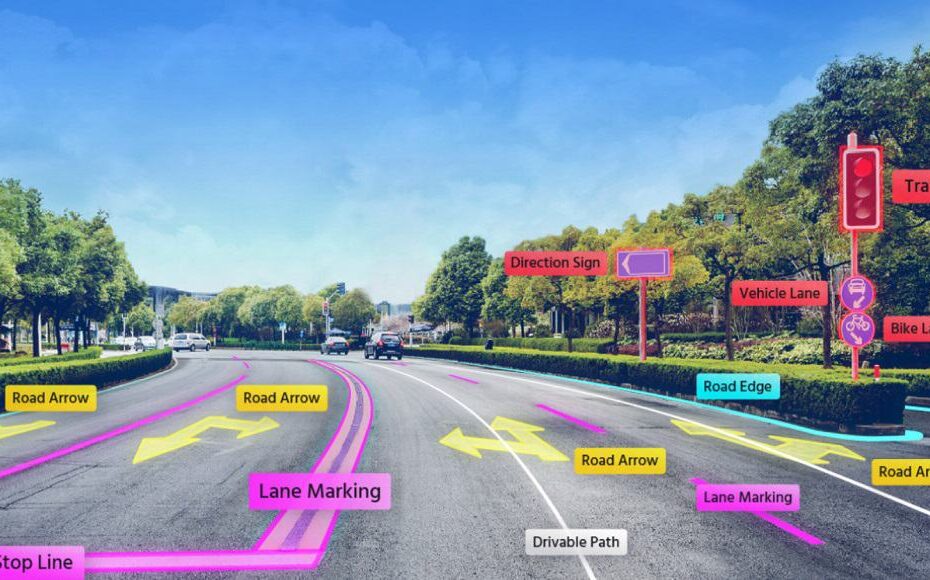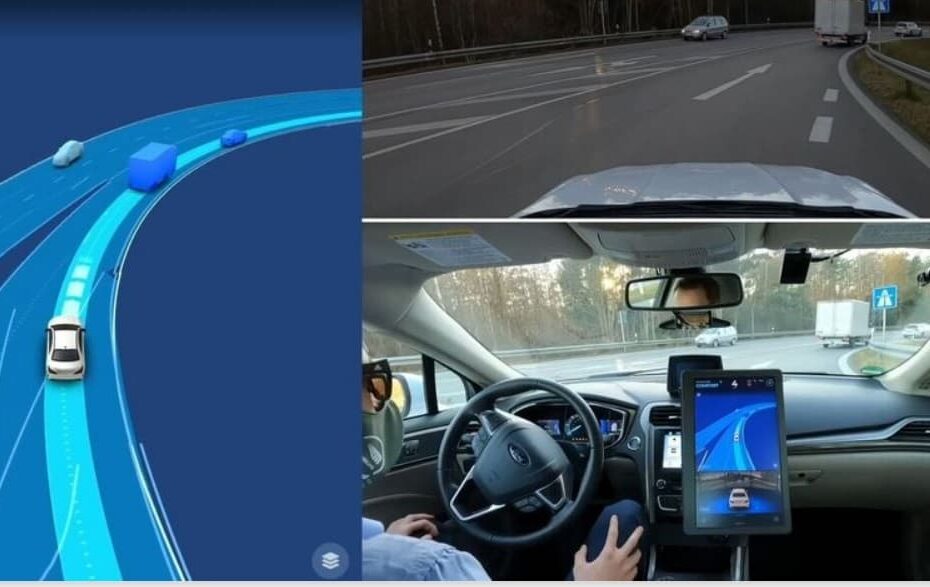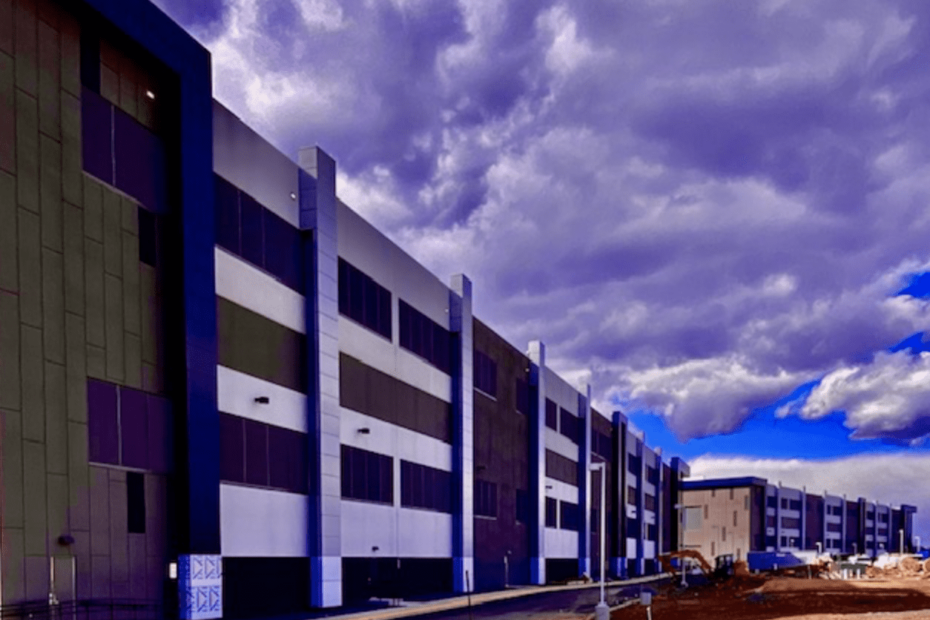By Bolaji Ojo
The collapse last week of Nvidia Corp.’s proposed acquisition of semiconductor IP vendor Arm Plc surprised very few, but it still left us with (too) many questions, most of them unanswerable.
How did Nvidia wobble into such a quagmire and how can the industry avoid such in future? Nvidia paid a hefty price for the unconsummated deal. The company lost its $1.25 billion deposit, drew the ire of competitors and some of its own OEM customers, and injected unnecessary controversy into its operations. Nvidia will recover from the negative impacts of the deal and may have reaped some benefits, but was the plan worth the wasted time and resources?
Read More »Nvidia Bid for Arm: Was It Just a Lark? 








